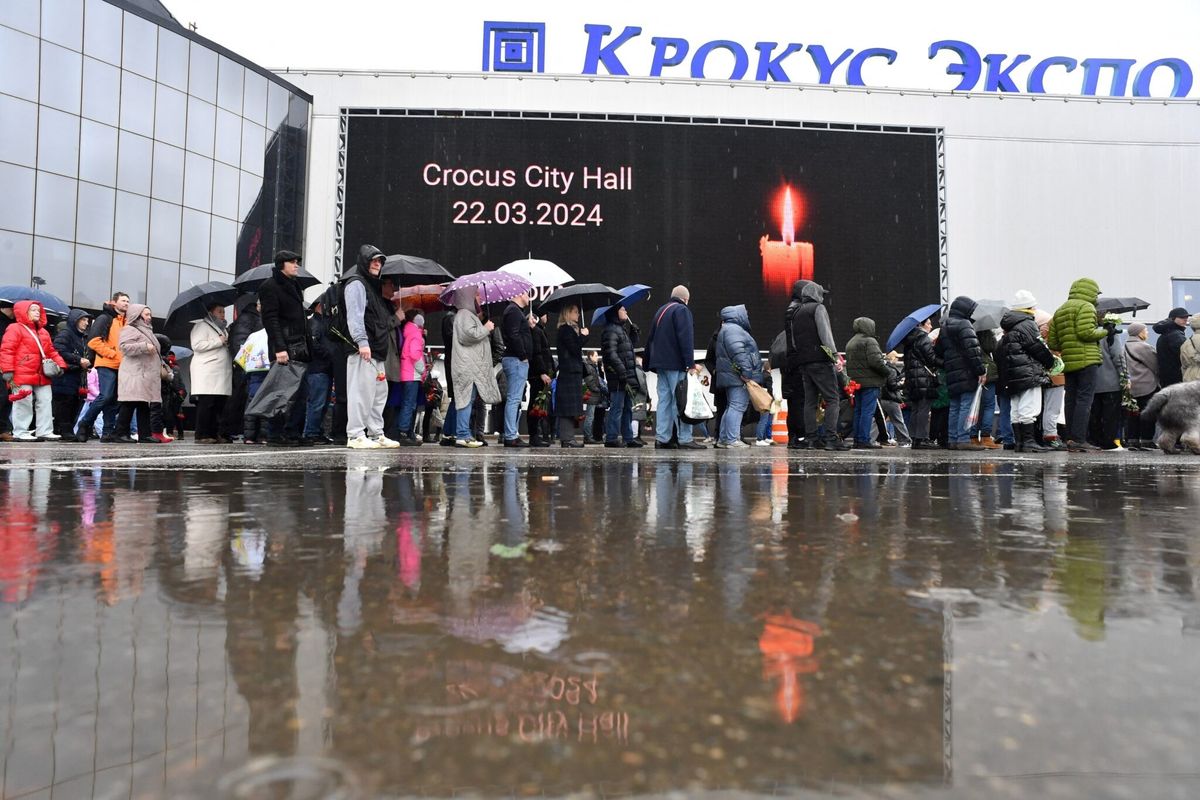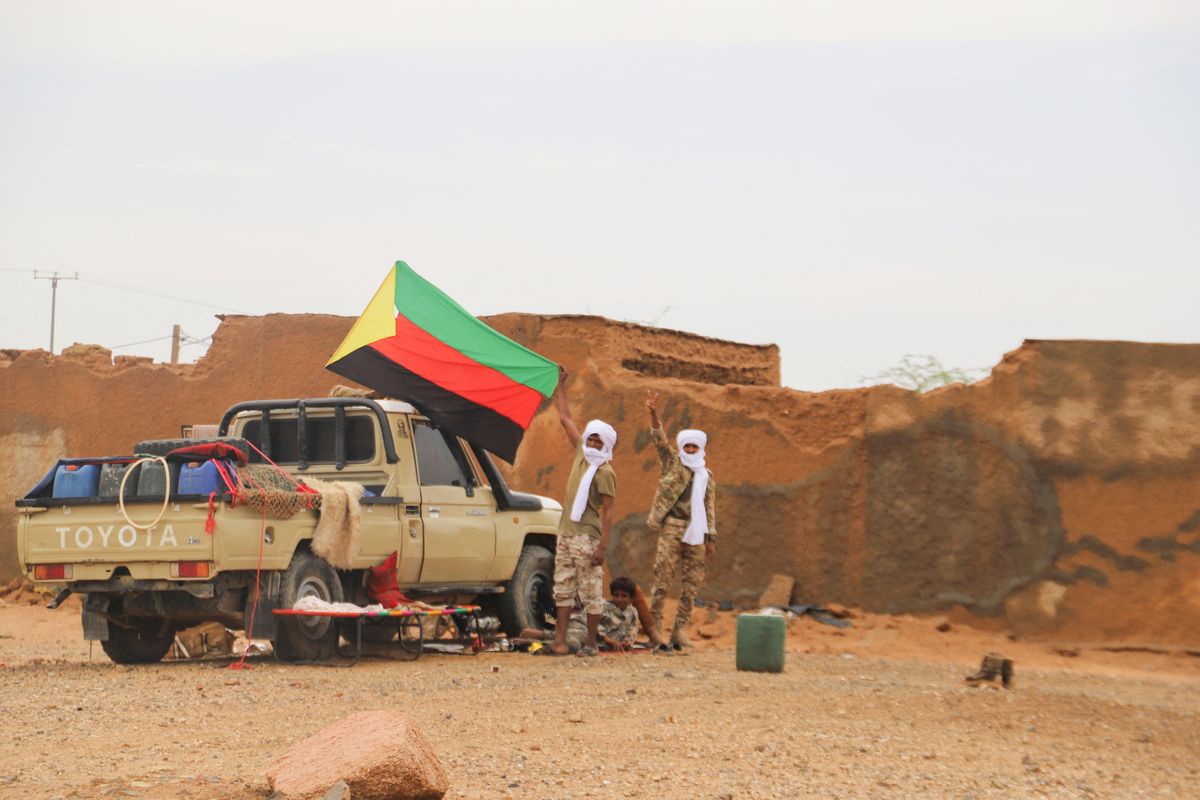The horrific attacks in Brussels and Istanbul are stark reminders that much work must be done to protect the vulnerable front side of airports. It appears that ISIS and others have identified this vulnerability and are successfully exploiting it. Tactics used in Istanbul were different than those used in Brussels, and they were able to defeat Turkish security - demonstrating a threat that learns from its experiences.
The front side of an airport was never designed for security, and most airports in the world are oriented towards the passenger experience and ease of transit to the check-in area. This area is typically the least protected and has minimal security presence and technologies. The obligation to protect travelers and employees here is a shared responsibility, with most of the responsibility residing with the airport authority, its police, or private security groups, which are typically undermanned and under budgeted. At some international airports, military and national law enforcement agencies provide the front-side protection. Regardless of where the responsibility lies, an armed presence is an absolute necessity, but that responsibility comes at an enormous cost.
Unfortunately, without major revisions and construction to the front side of airports, this threat vector will always be vulnerable. A dedicated suicide bomber is exceptionally difficult to protect against in this area and pushing screening outside the airport just moves the problem to a new location.
What can be done to protect those who have yet to pass through security? There must be a commitment to a risk-based approach with cooperation among all entities at the airport. More importantly, there must be an understanding while we can never completely stop this threat, we certainly can mitigate this threat.
Officials should consider enhancing security measures in the following areas:
Harden the physical structure of the front side of the airport. Reinforcing concrete and steel to existing structures could be added to withstand explosive blasts. Strengthen the check-in counters and kiosks to reduce the probability of fragmentation. Reduce the threat of fragmentation of the glass on the front side of the airport. This can be accomplished through the use of more resistant material or augmenting existing glass. Redesign the passenger flow patterns to space out congregating crowds in the check-in area.
Encourage the development of new technology. Currently technology exists that can extend the security zones outside the airport. Facial recognition and biometrics software utilized in CCTV with automatic targeting in areas, such as walkways to the airport and parking garages, could be deployed. Advanced imaging technologies with outward capability could extend the detection range of threats. Innovative deployment of passenger conveyances with screening capabilities built into the conveyance have been used and proven effective. Finally channeling passengers through portals equipped with explosive-detection technologies at the front side are all real possibilities to identifying threats.
Human presence for identification and deterrence. Nothing beats the presence of armed law enforcement and military personnel to provide a deterrent effect to terrorists as well as enhance the ability to recognize threats. The front side of the airport falls under the authority of the airport itself, and they must provide the security in this area. Using the Airport Security Plan that is approved by TSA to increase the number of armed personnel is an effective countermeasure. A risk based approach at key surge times would reduce cost while providing the needed armed presence. Education of airport workers who are in this front area to recognize suspicious behavior and report it, are key to early warning of this threat. The use of TSA behavior detection officers (BDOs) outside the airport and the TSA Visible Intermodal Prevention and Response (VIPR,) teams should also be increased and enhanced.
Legislative change and regulatory action. Airports are businesses that are driven by profit. Security is costly, and greater security in the front side of the airport will be expensive. Few airports voluntarily make security enhancements and usually wait until directed by regulations and legislation. Congress working with the private sector and regulatory agencies like TSA as well as the Aviation Security Advisory Committee (ASAC), must make recommendations to regulate security in this area or nothing will be done.
It is highly likely that attacks against the front of the airport will continue to be a vulnerability, as we have seen two successful attacks occur in less than four months. Protecting this area is costly, manpower intensive, and will require cooperation at all levels including new regulatory requirements. Actions must be taken immediately though, because it is only a matter of time before incidents like Istanbul occur in the U.S.













